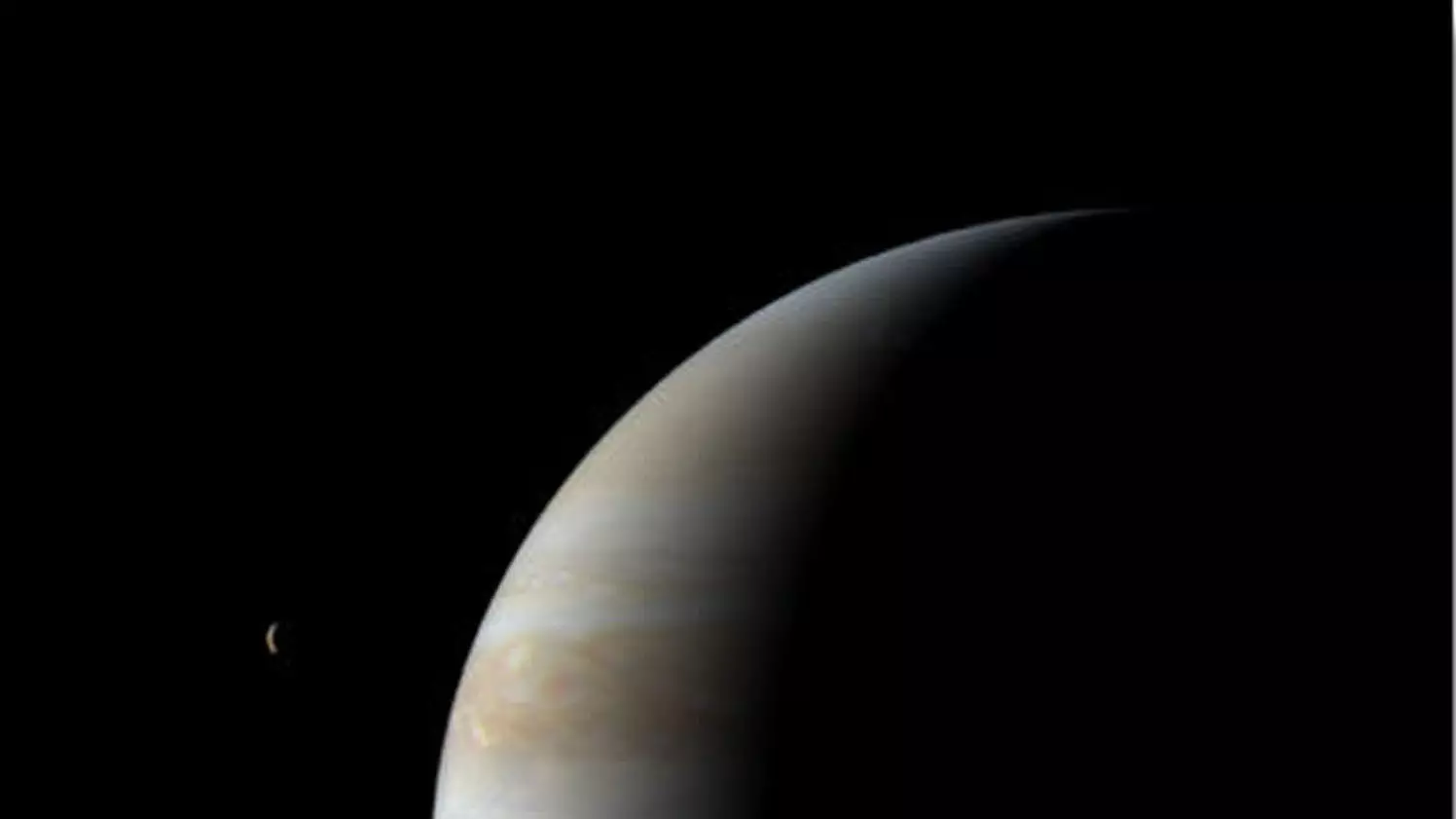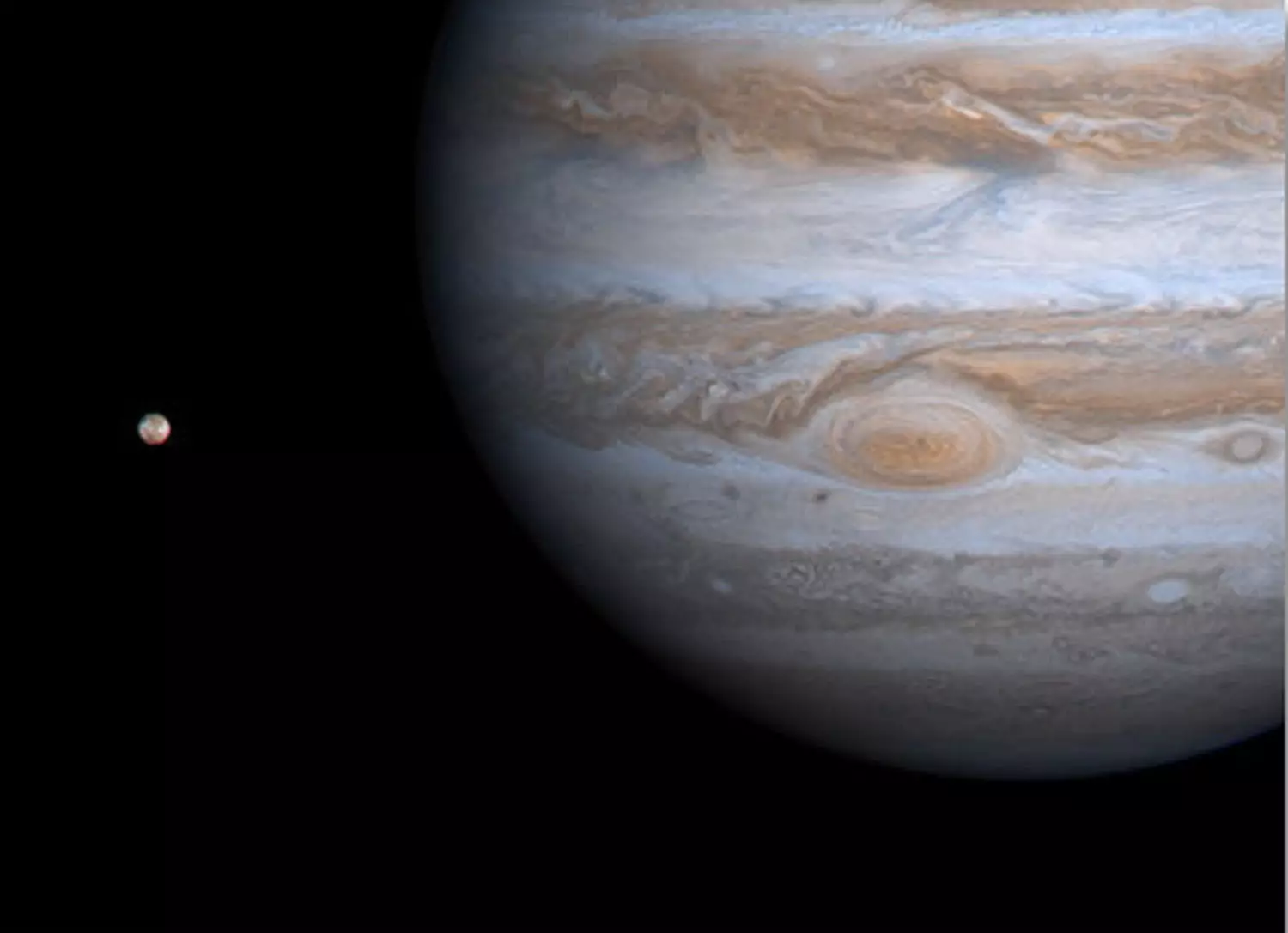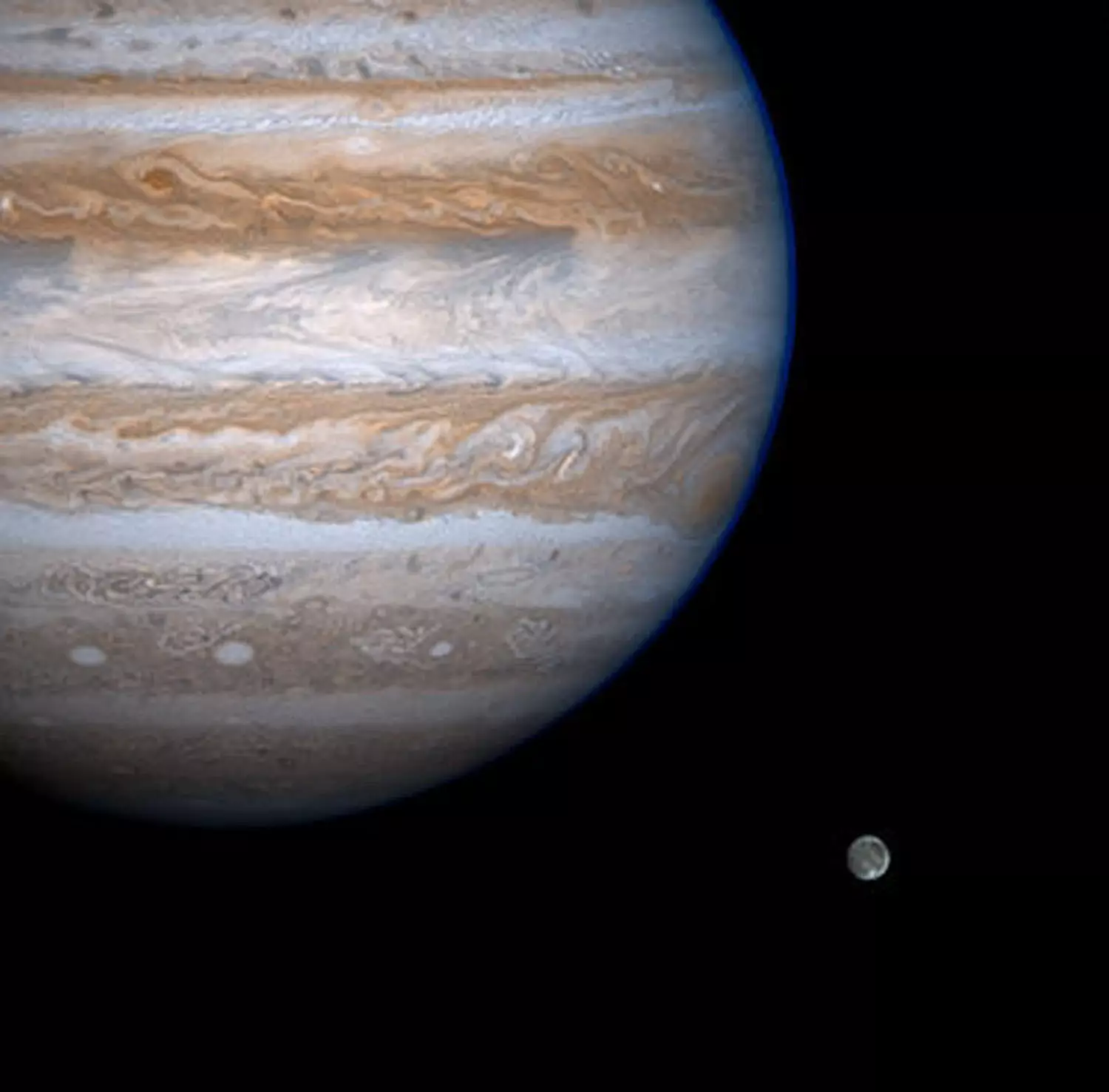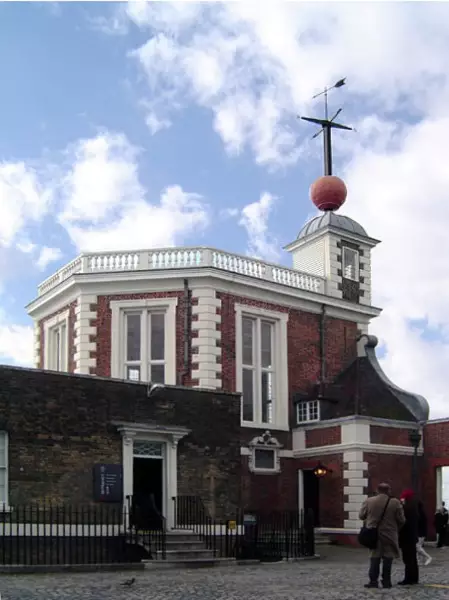
Calling all stargazers! Jupiter is set to burn even brighter than usual this week, as the solar system's largest planet is set to put on a dazzling show in the night sky this evening (Thursday 19 August).
The mighty gas giant will appear to the naked eye as a 'bright star', although it seems it 'won't twinkle'.
And that's not all - with the proper equipment, keen-eyed observers may also be able to catch Saturn and its rings in the night sky, along with several of Jupiter's 79 moons.
Advert
This is because the planet is currently moving into 'opposition'; meaning that as the Earth passes between the Sun and Jupiter, the gas giant will appear visible in the sky - just opposite the Sun.

Bryony Lanigan, an astronomer at Royal Observatory Greenwich said: "When a planet is at opposition, it is on the opposite side of the Earth to the Sun.
"If you were looking down on the Solar System from above and drew a line from Jupiter to the Sun, when Jupiter is at opposition it would pass through the Earth.
Advert
"This doesn't necessarily mean that the planet is at its closest point to the Earth - because of the elliptical nature of planetary orbits, this may occur a day or two either side."
Ms Lanigan added that planets are usually only in opposition for a very short period, but during that time they are visible to the naked eye.
Ms Lanigan continued: "Jupiter should be visible low above the south-eastern horizon from sunset on the days around opposition on the 19th.
Advert
"But if planet-hunters wait until a few hours after sunset then it will have risen a little higher - around 20-25 degrees altitude - and so will be easier to spot."
Jupiter's opposition takes place just days before the full moon, which is due on 22 August.
Ms Lanigan added: "While the sky will not be fully dark, the Moon will not be intruding too much on astrophotographers' views."

Speaking of the possibility of potentially viewing Saturn this evening, Ed Bloomer - also a Royal Observatory Greenwich astronomer - said: "Both planets are fairly low on the horizon, so try and find an observation spot free from tall buildings or trees when looking in that direction.
Advert
"The Galilean moons (Jupiter's four largest moons - Io, Europa, Ganymede, and Callisto) will look like pinpricks of light in orbit around Jupiter.
"Around Saturn you may be able to make out the rings, and even major divisions within the rings.
"If your telescope is really good, perhaps you'll even make out the swirling clouds of Jupiter's upper atmosphere."
Other planets scheduled to enter opposition in the near future include Neptune, which will reach that point on 14 September, and Uranus on 4 November.
Featured Image Credit: PATopics: space
